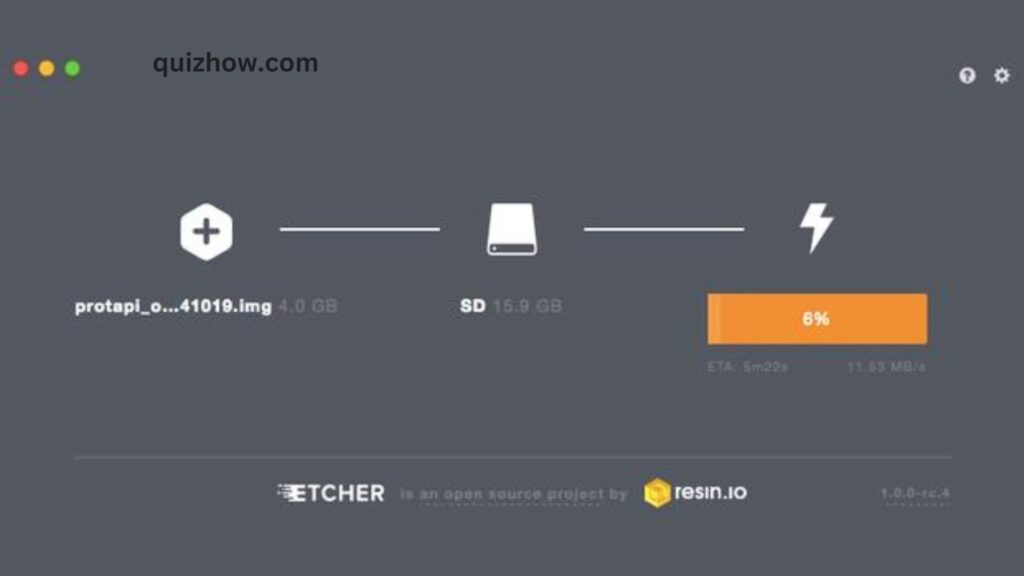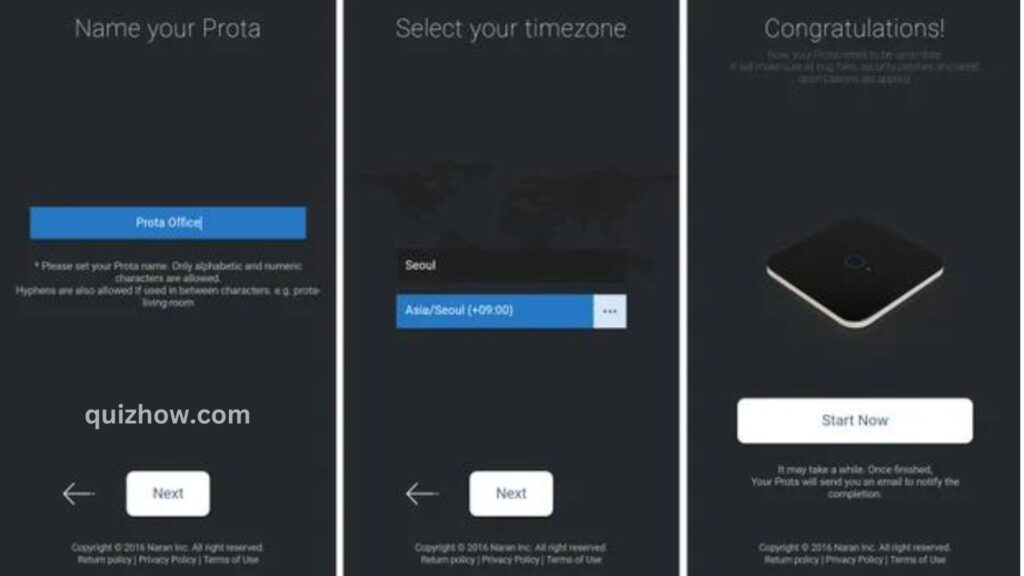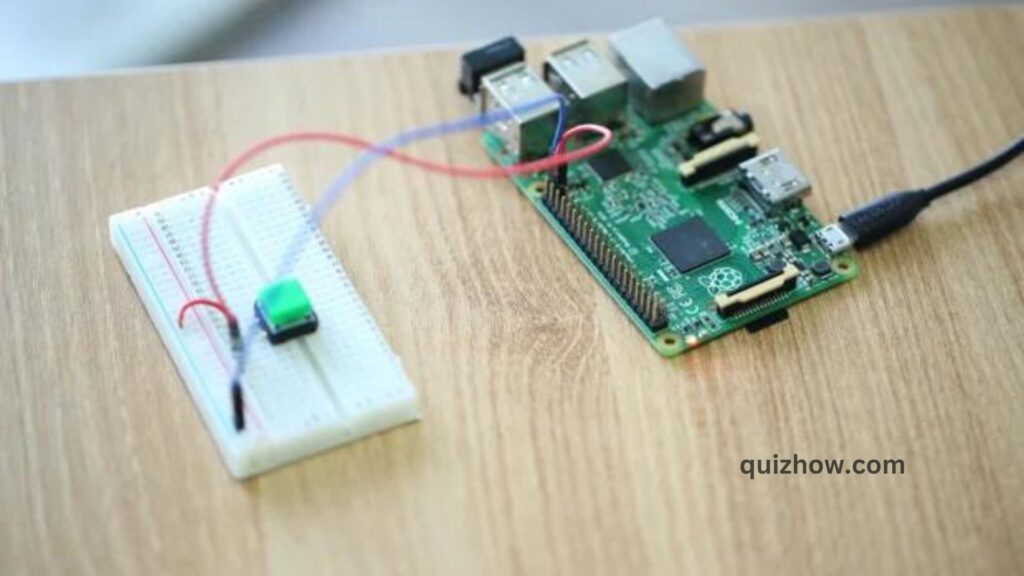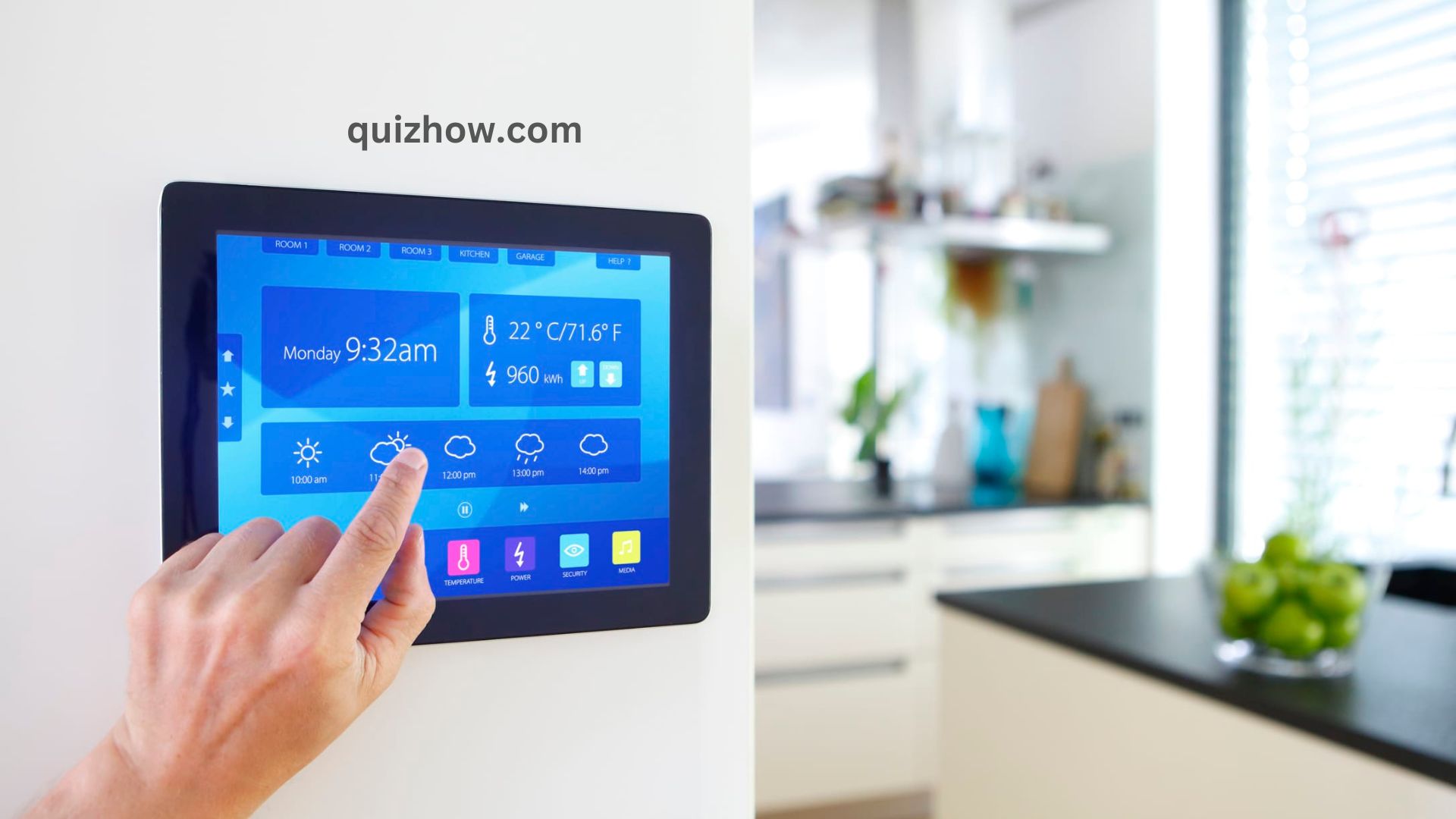The world of smart home automation is really exciting! Imagine making your home smart enough to handle your daily tasks automatically, so you can focus on what truly matters to you. It’s all about upgrading your living experience and making life a bit easier.
But getting started with smart home tech can be tough. Until now, you’ve needed either a lot of money or some serious tech skills. The market is packed with products that often don’t work well together and can cost over $100 each, with hidden costs and fees. On the flip side, DIY smart home setups usually require complex manual and coding skills that not everyone has. It’s been a challenge for most people.
That’s why Naran decided to shake things up! We created Prota OS, a user-friendly system that makes smart home automation accessible to everyone, no matter your budget. Just install Prota OS on an SD card, plug it into an affordable Raspberry Pi micro-computer, and you’re ready to connect with smart devices and set up automated routines.
In this Instructables guide, we’ll show you how to use Prota OS to dive into the smart home world and make it work for you.
Step 1: SETUP IS EASY-PEASY!
Prota OS is designed to work perfectly with the Raspberry Pi, a tiny computer you can get for about $30 (check out some options here or here). Its goal is to make computing easy for everyone. All you need is a 16GB SD card to run the OS on your Raspberry Pi.
You can download Prota OS for free from this link. The file is just 3.8GB and is simple to transfer onto your SD card. Here’s how to do it:
- Extract the .img file from the zip folder.
- Insert your SD card into your computer.
- Download and open Etcher, select the image file and your SD card, and start the process.
That’s all there is to it!

Burning the SD card is super easy and only takes about 6 to 8 minutes. You’ll need an extra minute to download the OS image and Etcher software.
Once you’ve burned Prota OS onto the SD card, setting up your Prota hub is a breeze and takes less than a minute. Just enter its name, password, time zone, and your email address. Everything else will be set up automatically!

That’s it! In less than 15 minutes and with no fuss, you’ve turned your Raspberry Pi into a Smart Home automation hub!
How does this compare to other automation solutions?
Other DIY automation systems can be much more complicated. For example, setting up Raspbian (a popular Raspberry Pi OS) involves 29 steps, which can be overwhelming for those not into tech. Plus, you’d need to spend one to two months learning Python just to figure out the commands for your automations. That’s definitely a bit more involved than 15 minutes!
Step 2: START SIMPLE = TURN YOUR WEBCAM INTO a SMARTCAM
Here’s how you can easily turn your old webcam into a smart cam in just 4 simple steps and about 60 seconds:
- Plug in your old webcam.
- Open the App Libraries.
- Download the Webcam app.
- Open the Webcam app.
And that’s it! Your webcam is now a smart cam. It will start taking snapshots regularly and when it detects motion.
What can you do with it? You can create a $40 smart doorbell or a $50 smart security system!
How does this compare to other automation solutions?
With systems based on OS like Raspbian, the setup process is much more complex. For example, to set up your webcam, you’d need to:
- Install webcam server software.
- Write code to connect your Raspberry Pi with the webcam.
- Write complicated code for motion detection.
- Write more code to automate taking and displaying snapshots.
This can take over an hour, even for experienced programmers!
Step 3: MAKE YOUR OWN SMART BUTTON
Have you heard of Flick or Bluetooth buttons?
These are simple buttons that, when pressed, can send a signal via Bluetooth to a web service or smart device. With just one press, you can tweet, start your coffee machine, or get the latest news. Pretty cool, right?
The downside is that these buttons can be pricey (around $30) and often need a hub to work.
But here’s a great solution: you can make your own for under $5 using your new Raspberry Pi!
Here’s what you’ll need:

It’s just a 5-step process and takes about 60 seconds!
- Plug the button into the board.
- Connect the board to the Raspberry Pi using wires (to PIN 6 and 7).
- Download and open the GPIO app.
- Select GPIO4.
- Set it to INTERRUPT > PULL UP (check the gif above for a visual).
Now, you can link it to things like Philips Hue lights, a smart plug, your Facebook account, or any other service/device supported by Prota OS and IFTTT.
What can you do with it? You’ll have a cheap bedside remote to turn all the lights in your house on or off!
Step 4: TURN a SIMPLE LED INTO a NOTIFICATION LIGHT
Connecting an LED to your breadboard is a breeze with Prota OS, and it’s super cheap too (you can get 80 LEDs for $2 [link]).
Here’s how you can set it up in just 4 simple steps and 60 seconds:
- Connect the LED to the breadboard.
- Attach the wires.
- Download and open the GPIO app.
- Set the connected PIN to OUTPUT and test it out (check the gif above for a quick guide).
What can you do with it? Connect multiple LEDs to create a notification center to help you stay organized at work.

Also Read: Fixing Common Plumbing Issues: A How-To Guide
Step 5: MAKE INEXPENSIVE CONNECTED/SMART SPEAKERS
Your Raspberry Pi comes with an AUX port and a USB slot, so why not use them to turn your old speakers into smart, connected speakers? You’ll be able to control these speakers remotely, and they can even play the right music when you get home or respond to voice commands!
Here’s how to do it in 4 simple steps:
- Put your music on a USB stick and plug it into your Prota Pi.
- Connect your speakers using an AUX cable.
- Download and open Volumio.
- Start playing music!
What can you do with it? Create a music system that welcomes your guests or clients with tunes triggered by motion detection. You can also connect your Prota Pi to IFTTT (step 7) and control it with voice commands via Amazon Alexa, Google Assistant, or Siri!
How does this compare to other solutions?
Connecting speakers to a Raspberry Pi running Raspbian OS is already a bit tricky. Integrating it into automation and connecting it to IFTTT, especially for voice commands, is much more complicated. With Prota Pi, it takes less than 5 minutes and no special skills—check out this project to see the difference!
Step 6: CONNECT WITH HUNDRED OF SERVICES AND DEVICES!
IFTTT (which stands for “If This Then That”) is a handy service supported by Prota OS. It connects your Prota to over 400 web services and smart devices, letting you set up automation workflows with ease. With IFTTT applets, you can link anything connected to your Prota Pi—like buttons, LEDs, speakers, and sensors—and make your smart home even smarter with endless automation possibilities.
Here’s how to connect your Prota Pi to IFTTT in just 2 minutes:
- Download the IFTTT app on Prota OS.
- Download the IFTTT app on your smartphone.
- Open the app and create an account.
- Search for Prota and link it to your IFTTT account.
Here are some cool things you can do with IFTTT:
- Voice-Controlled Appliances: Use Amazon Alexa or Google Assistant to control devices like blinds with MicroBot Push. At our office, we can raise or lower the blinds just by asking Alexa, thanks to the MicroBot Push on the remote.
- Home Screen Automation: Add the IFTTT DO button widget to your smartphone’s home screen and link it to your Prota automation. For example, pressing this button can trigger your Prota to take a picture with your webcam and send it to you via Telegram.
- Smart Device Remote: Turn your DIY button into a remote for any IFTTT-supported device or service. Pressing the button can start recording with an old smartphone turned into a security camera using Manything. The best part? You can trigger it from anywhere in the world, and it’s almost instant.
How does this compare to other automation solutions?
Connecting a DIY smart hub on a Raspberry Pi with IFTTT services can be really tricky and time-consuming. You’d have to link each part of your setup to a URL and then connect it through a maker applet. It’s a lot more complicated than with Prota OS. You can see an example of this process here.
Step 7: TIME TO TURN YOUR HOME INTO a SMART ONE!
Ready to jump into automation?
Get Prota OS now at https://prota.info/prota/pi/ and start automating with our variety of Instructables projects on our page.
Prota OS is a flexible smart home system that works with hundreds of devices and services. Feel free to tweak our projects to fit your needs or come up with your own DIY smart home ideas to make your life easier. If you need any help with your automation, leave a comment on our Instructables page or reach out to us directly via our support page. You’ll also find plenty of info, FAQ articles, community posts, and app guides to assist you on this new adventure.

Discover more from QuizHow
Subscribe to get the latest posts sent to your email.


1 thought on “DIY Smart Home Automation for All”